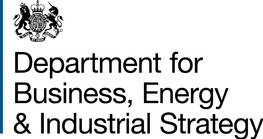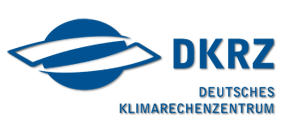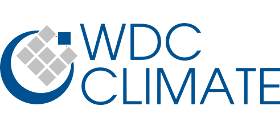Definition of Terms Used Within the DDC Pages
Glossary L-M
Glossary of acronyms and specialised terms on the IPCC-DDC website.
The definitions shown here are from the IPCC Fifth Assessment Report (AR5) working group glossaries: WGI, WGII and WGIII. The source working group is indicated on each definition.
A | B | C | D | E | F-G | H-I | J-K | L-M | N-O | P-Q | R | S | T | U-V | W-Z
Land use and Land use change
Land use refers to the total arrangements, activities and inputs undertaken in a certain land cover type (a set of human actions). The term land use is also used in the sense of the social and economic purposes for which land is managed (e.g., grazing, timber extraction and conservation).
Land use change refers to a change in the use or management of land by humans, which may lead to a change in land cover. Land cover and land use change may have an impact on the surface albedo, evapotranspiration, sources and sinks of greenhouse gases, or other properties of the climate system and may thus give rise to radiative forcing and/or other impacts on climate, locally or globally. See also the IPCC Report on Land Use, Land-Use Change, and Forestry (IPCC, 2000). WGI
LUCC
Land Use and Cover Change Programme
Marker Scenario
See Scenario (Marker).
M & D
Model and Data Group: In 2010, the Model and Data Group became the Data Management department at DKRZ (Deutsches Klimarechenzentrum)
Measures
In climate policy, measures are technologies, processes, and practices that contribute to mitigation, for example renewable energy technologies, waste minimization processes and public transport commuting practices. See also Policies (for mitigation of or adaptation to climate change). WGIII
Metadata
Information about meteorological and climatological data concerning how and when they were measured, their quality, known problems and other characteristics. WGI
Mitigation (of climate change)
A human intervention to reduce the sources or enhance the sinks of greenhouse gases (GHGs). The AR5 WGIII report also assesses human interventions to reduce the sources of other substances which may contribute directly or indirectly to limiting climate change, including, for example, the reduction of particulate matter (PM) emissions that can directly alter the radiation balance (e.g., black carbon) or measures that control emissions of carbon monoxide, nitrogen oxides (NOx), Volatile Organic Compounds (VOCs) and other pollutants that can alter the concentration of tropospheric ozone (O3) which has an indirect effect on the climate. WGIII
Montreal Protocol
The Montreal Protocol on Substances that Deplete the Ozone Layer was adapted in Montreal in 1987, and subsequently adjusted and amended in London (1990), Copenhagen (1992), Vienna (1995), Montreal (1997) and Beijing (1999). It controls the consumption and production of chlorine- and bromine-containing chemicals that destroy stratospheric ozone, such as chlorofluorocarbons, methyl chloroform, carbon tetrachloride and many others. WGI
 "
"




